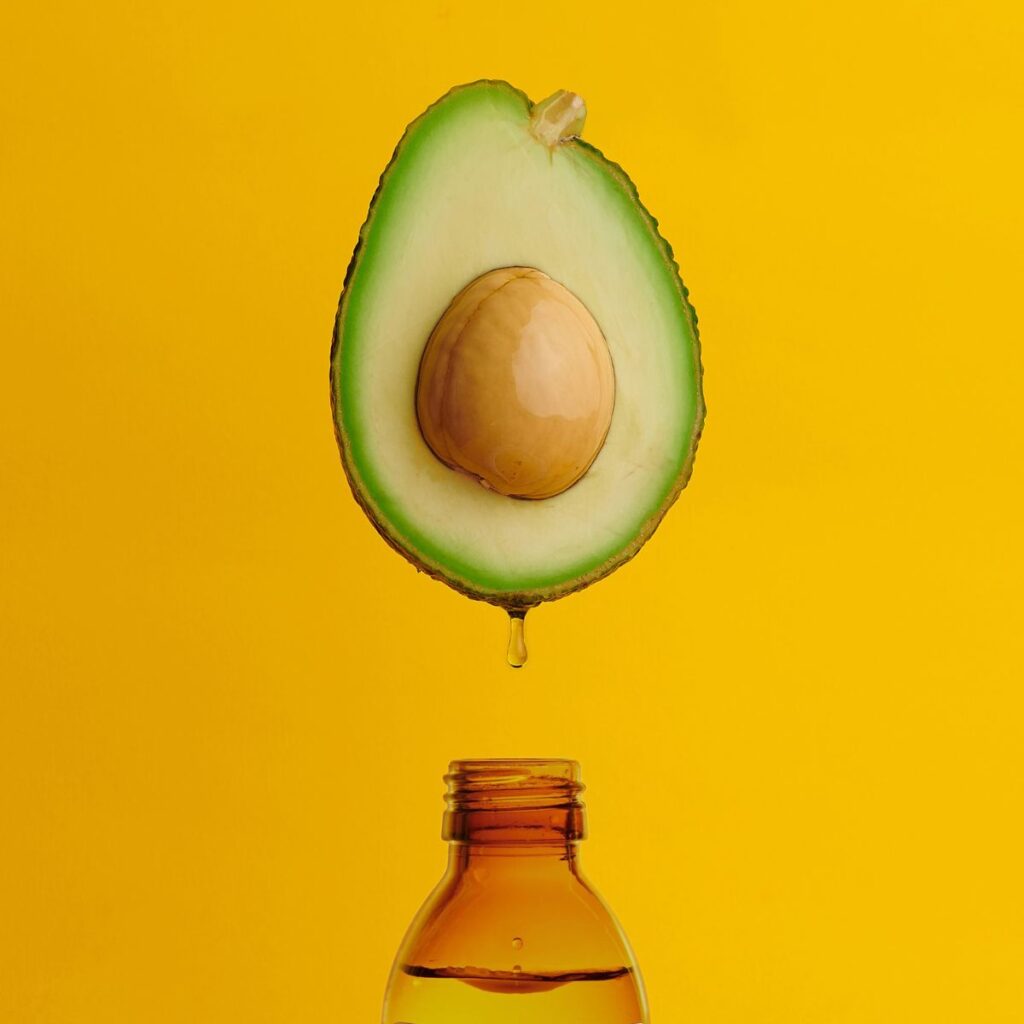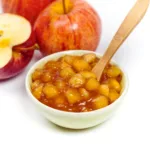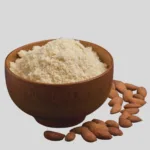If you’re searching for a vegetable oil substitute, the most essential consideration to make is what you plan to cook. When you’re cooking, some oils will be better than others because of the smoke point. Baking or making salad dressings can require other types of oil based on flavor and consistency.
For instance, since vegetable oil is a neutral oil (an oil without much, if any, flavor) if your recipe calls for a neutral oil, you don’t want to use say sesame oil or peanut oil. Both of these cooking oils have distinct flavor profiles. With that said, if your recipe allows for a little creativity, these oils might fit the bill.
At the end of the day, it’s really about knowing your options and making the best choice for the meal you have planned. So whether you’re making a savory dish like our quick and easy Empress Chicken or baking up some pumpkin cheesecake muffins, we’ve got a substitution for you.
Choosing the Best Vegetable Oil Substitute
Determining the best vegetable oil substitute may require looking into the various types of oils available. For those looking for a replacement with less fat, it is crucial to know how the oil performs. Additionally, if your concern is not about fat but what you have on hand, you will want to know if your potential alternative can be used in your recipe.
Best Vegetable Oil Substitutes for Cooking with High Heat
Cooking with high heat requires a certain kind of oil because it may burn before your food is cooked. Knowing the oil’s smoke point will allow you to use a replacement adequate for the cooking you’ll be doing. If you’re pan frying, deep frying, or searing something, you’ll want to use a high heat oil.

1. Canola
Both canola oil and vegetable oil have a smoke point of around 400° Fahrenheit. The best vegetable oil substitute is canola oil because of its high smoke point and neutral flavor. Although it is a high-heat oil, it can also take the place of vegetable oil in baking and dressings.
How to Use
The similarities between the two oils allow you to use canola in the same ratio as vegetable oil. 1 cup of vegetable oil equals 1 cup of canola oil.
2. Safflower Oil
Safflower oil can be used in high heat cooking up to 510° Fahrenheit, which is higher than vegetable oil. The oil’s flavor is neutral, meaning the oil change will not affect the resulting taste.
How to Use
Safflower oil is a great oil to use for deep frying because of its heat point and flavor. When you’re using it as an alternative to vegetable oil, use an equal measurement.
3. Peanut Oil
The health benefits of peanut oil lie in its high levels of vitamin E and omega-6 fatty acids. While the capabilities of this oil make it a suitable replacement for vegetable oil, peanut oil is not a neutral oil so you want to keep that in mind. It’s best used for savory recipes and not baking.
How to Use
Peanut oil can be used in the same ratio as the other high-heat cooking oils: 1:1.
4. Grapeseed Oil
Although a bit more uncommon (though gaining in popularity), grapeseed oil is another high-heat oil that is great for cooking. It offers a high smoke point and despite its name is considered a neutral oil and works well for a variety of recipes.
How to Use
Sub in grapeseed oil for vegetable oil, tablespoon for tablespoon or cup for cup.
Best Vegetable Oil Substitutes for Baking
Baking with a vegetable oil substitute can be a fun way to introduce different flavors. There is more opportunity for experimentation since baking recipes do not commonly exceed medium heat. In baking, you can use oils and other thicker products as vegetable oil substitutes.
1. Coconut Oil
Coconut oil is an alternative to bring a slight coconut taste to your muffins or brownies. Coconut oil is healthier than many other oils. If you’re looking to sub out vegetable oil for something healthier and tastier, coconut oil is an option.
One thing to note is that coconut oil comes in both a refined and unrefined state. The most important thing to keep in mind is that unrefined coconut oil has a more pronounced coconut flavor, while refined coconut oil has a higher smoke point.
How to Use
Coconut oil comes in a solid state. Pop it in the microwave for a bit to melt, and use it as an equal to vegetable oil.
2. Olive Oil
This great vegetable oil substitute can make your baked goods more savory if you have olive oil on hand. Both light or extra virgin olive oil will work. The original recipe’s taste will change slightly; you may appreciate the new flavor. As an added benefit, olive oil acts as an anti-inflammatory agent and decreases the risk of heart disease.
Though the idea of using olive oil in baked goods might scare you away, give it a try once! Olive oil is great for baking, especially in breads that are both savory and sweet. Once you try, you might never go back.
How to Use
Switch oils in a 1:1 ratio for the best results.
3. Applesauce
Did you know that you can use applesauce as a vegetable oil substitute in baking? While it may sound shocking to use something other than a liquid, applesauce is a healthier option than most oils, as it has no fat. Try it in your cakes, and you may have a new favorite substitute.
With that said, if you know a recipe will benefit the added fat, applesauce might not be the best vegetable oil substitute.
How to Use
You’ll want to lessen the amount given the thickness of applesauce compared to oil. For every cup of vegetable oil, use only ¾ cups of applesauce. Applesauce increases the sweetness, so you may want to decrease the amount of sugar.
4. Refined Avocado Oil
High in healthy fat and low in “bad” fat, avocado is an excellent option for health-conscious bakers. You may notice a buttery undertone in the flavor, altering the resulting taste.
How to Use
Trade 1 cup of vegetable oil for 1 cup of refined avocado oil.
5. Melted Butter
Melted butter is a delicious alternative ingredient to vegetable oil. If you want less fat and don’t mind a slightly firmer texture, butter is perfect for your use.
How to Use
This vegetable oil substitution is interchangeable. Use the same measurements in your recipe, whether it’s vegetable oil or melted butter.
Best Vegetable Oil Substitutes for Dressings
Mixing your own salad dressings can be a fun experiment. You can play with the flavors by altering the seasonings and spices or trading out the oil. Give these vegetable oil substitutions a try.
1. Sesame Oil
Sesame oil is a kind of vegetable oil. It is commonly used in Asian dishes but can be worked into various recipes. With many antioxidants present, sesame oil is an excellent, healthy option for your dressings.
How to Use
Combine with other oils, such as canola or safflower, or in place of vegetable oil to craft yummy dressings.
2. Walnut Oil
Walnut oil is pricier than many other vegetable oil substitutes. However, the flavor can provide a nutty flavor to an otherwise neutral dressing. Walnut oil is even said to improve memory!
How to Use
Try walnut oil as a vegetable oil substitute in your dressing recipes to reap the benefits of this healthy option.
More Vegetable Oil Substitutes
Above are just a few of the many options you have for a vegetable oil substitute. A few additional options that exist are:
Flaxseed Oil
Soybean Oil
Corn Oil
Linseed Oil
Recipes Using Vegetable Oil (or a substitute)
Almond Crusted Chicken Tenders
Sweet and Tangy Dr Pepper Sauce
Have questions or suggestions? Leave them in the comments below. Until next time: Stay salty, and sweet 😉










